In 1936, an ornamental fish catcher named C. Basil Jordan discovered blind tetras in a cave in the Mexican state of San Luis Potosi. He managed to catch 100 specimens and bring them to the USA without any losses. This discovery was a sensation, as it was the first blind cavefish belonging to the tetra family to be known to science. The species was named Anopichthys jordani in honor of the discoverer, which translates as “Jordan’s fish without eyes”.
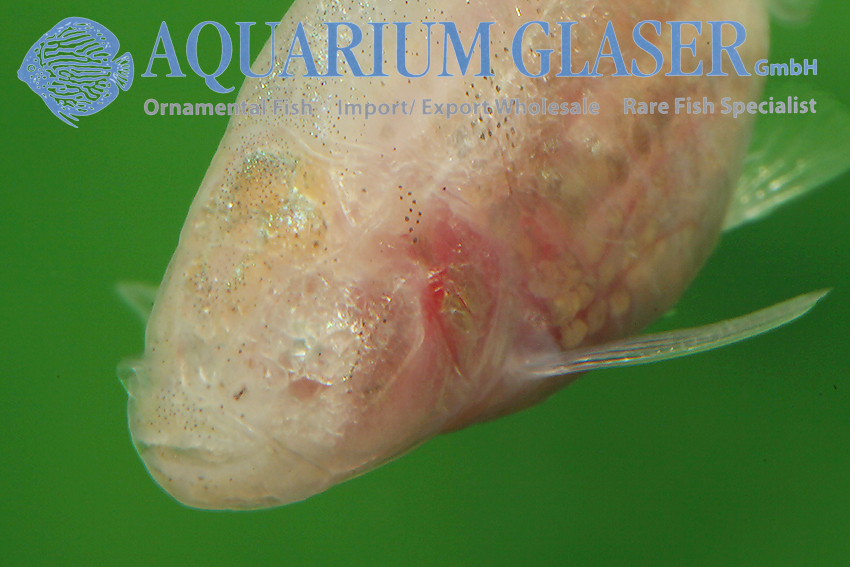
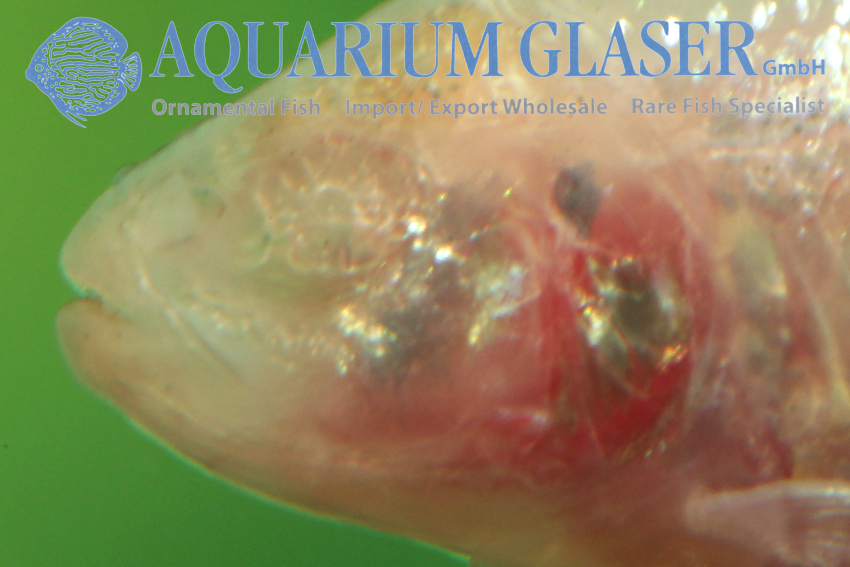
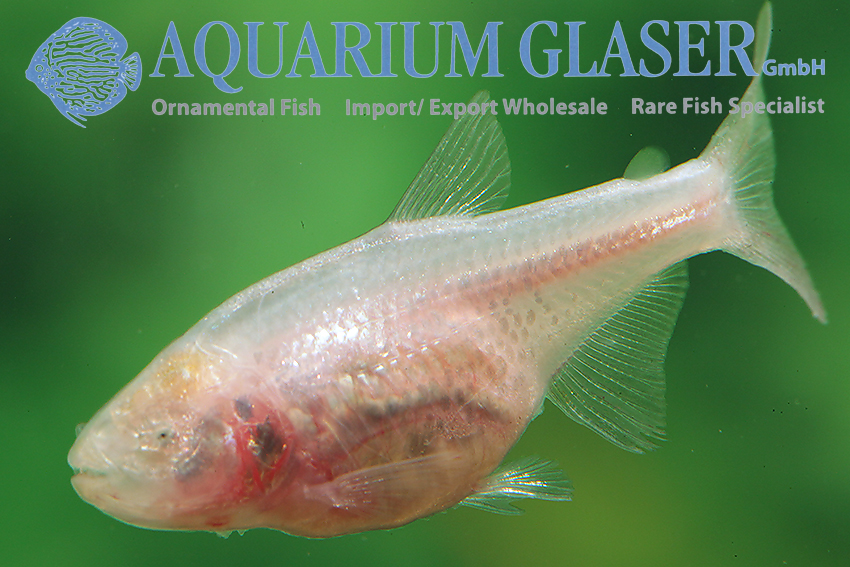
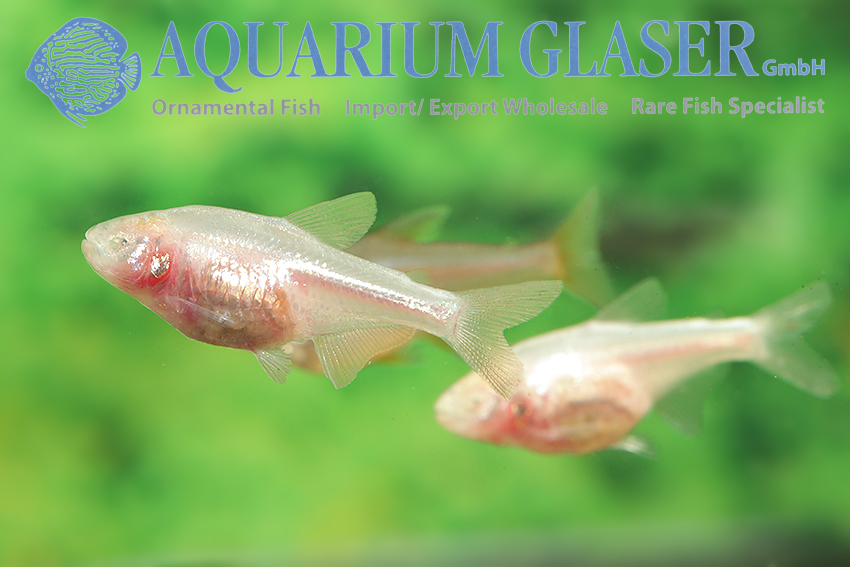
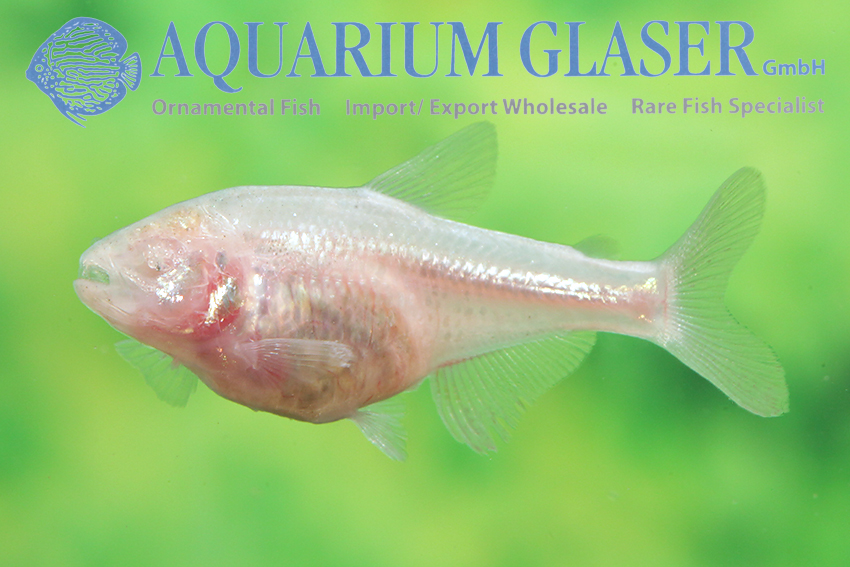
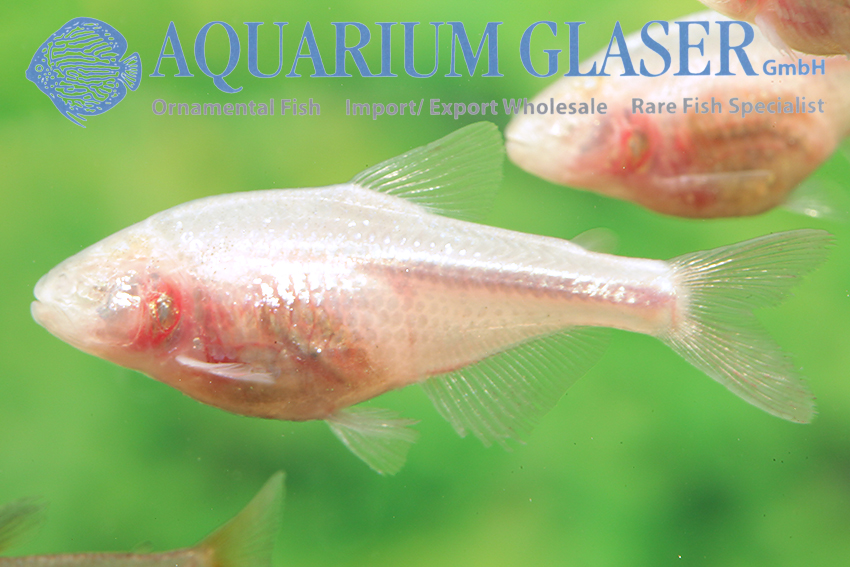
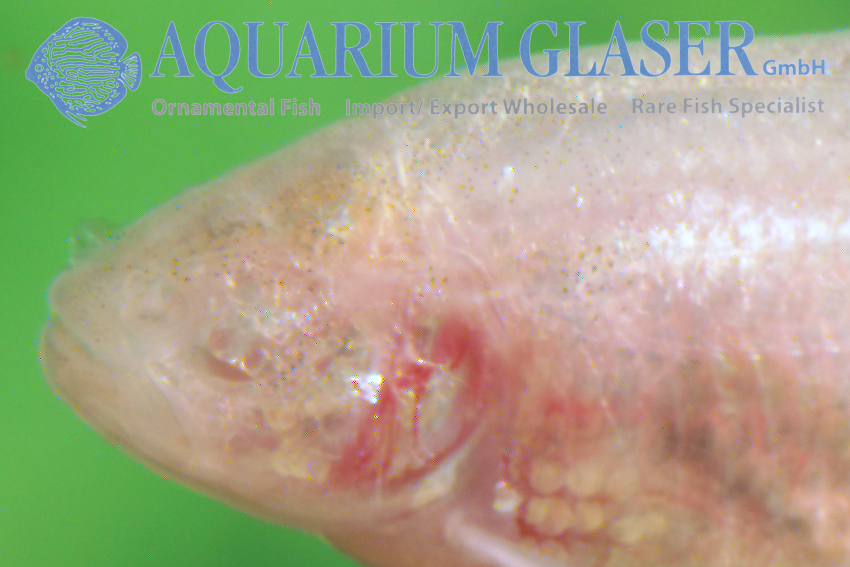
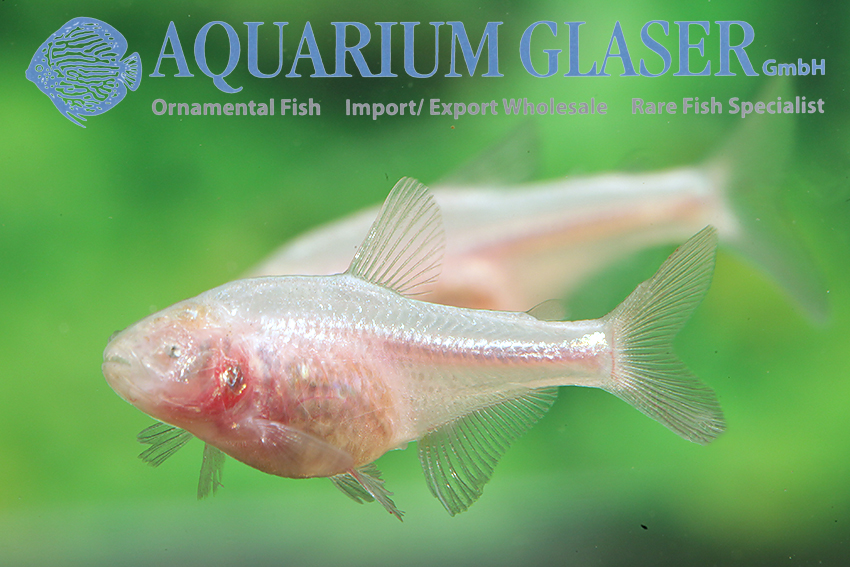
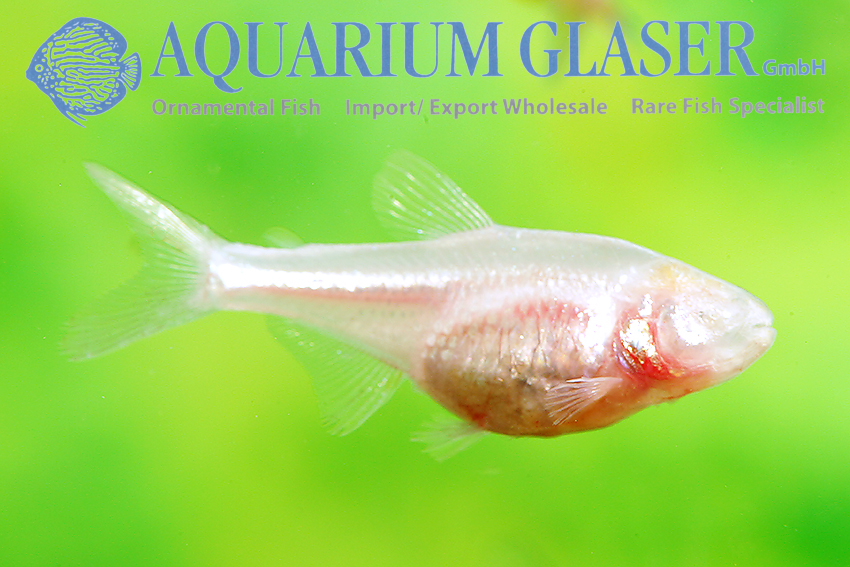
The species proved to be very easy to keep and breed. Today we know that the blind cavefish can be crossed with the above-ground, sighted species Astyanax fasciatus mexicanus without any restrictions. Many scientists therefore said that it was not a separate species. Today, this is seen differently and things are viewed more from an evolutionary-biological perspective. This is why the blind cave tetra is now usually referred to as Astyanax jordani.
The great thing is: although the fish is really not beautiful, the strain from 1936 never became extinct in the aquarium again. The animals we currently have in stock – offspring from Singapore – are also descended from the original import.
Blind cave tetras can be kept together with sighted fish of all kinds without any problems – provided they are peaceful! Blindness is not a handicap for the animals. This is probably the reason why the blind cave tetra has survived in the aquarium for over 80 years: many fish enthusiasts want to admire this sensational behavior in their own aquariums.
For our customers: the animals have code 209012 on our stock list. Please note that we only supply the wholesale trade.
Text & Photos: Frank Schäfer




